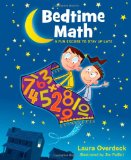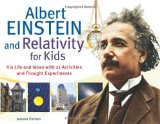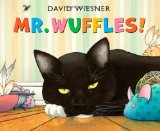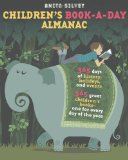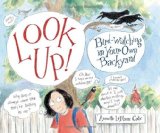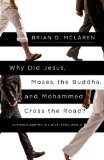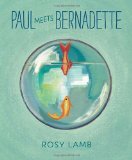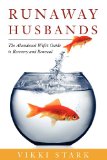 Runaway Husbands
Runaway Husbands
The Abandoned Wife’s Guide to Recovery and Renewal
by Vikki Stark
Green Light Press, 2010. 192 pages.
Starred Review
2013 Sonderbooks Stand-out: #2 Nonfiction
It’s been eight years now since my husband left me, and I’ve been divorced for three years. When I heard about this book, I had to read it. I was happy to be reading it from a place of healing. But still, the words were so validating. So good to know I’m not alone in this experience. Even better, I was able to recommend the book to a friend in the thick of it, and she said she was sure God prompted me to recommend it to her at exactly that time. I don’t doubt it for a second.
When I was in the middle of my husband leaving, the book that helped me tremendously was The Script: The 100% Absolutely Predictable Things Men Do When They Cheat. That book looks at what goes through the man’s mind as he’s getting ready to leave and leaving. Runaway Husbands is even more therapeutic, because it tells you what you will go through when you are left.
Now, I’m reading it from the perspective of several years out, but I so recognize the stages.
The author’s husband left her when she came back from a book tour, a tour during which he’d consistently expressed his love to her. Here’s how she describes why she wrote this book:
I was measuring what I’d observed with clients against what I was experiencing in my own life, and I just didn’t get it. Most people assume that it’s impossible for a person to have an affair without the partner having some knowledge — that the injured spouse is always either complicit or purposefully blind. However, that was not my case. Under even the closest scrutiny, I was unable to discern any trace that could have tipped me off that things were not hunky-dory in the marriage. On the contrary, few wives could boast of a more devoted mate, and, oddly enough, until the revelation of his infidelity and subsequent heartless flight from the marriage, he was the ideal husband!
I just couldn’t wrap my mind around how a man who genuinely appeared so committed to our marriage could morph overnight into an angry stranger. In the midst of my suffering, I knew that there’d be no rest for me until I could figure it out. So as days stretched into weeks, I started researching wife abandonment. Through reading and speaking with other women, a remarkable picture slowly started to take shape; my husband’s bizarre behavior seemed to fit into a pattern exhibited by other men who suddenly bolted from apparently happy marriages and then turned against their wives. The similarities were uncanny! I defined this pattern and named it Wife Abandonment Syndrome.
She names eight ways that Wife Abandonment Syndrome is different from a typical divorce: Shock value, a sense of powerlessness, lack of closure, deception, reality is shaken, a redefined past, greater effect on children, and greater effect on friends. There’s a reason this shakes your world so drastically! This book helped me feel better about how long it’s taken me to recover.
I like her eight Transformational Stages of recovery, because I recognize them all. It would have been nice to have this when I was going through them! She aptly names them after weather patterns: Tsunami, Tornado, Thunderstorm, Ice Storm, Fog, Sun Shower, Early Spring, and Warm Summer Day.
And here are her Seven Steps for Moving Forward, which she elaborates on more fully in the main part of the book:
1. Recognize that the chaos won’t last forever (needed to resolve the Tsunami Stage).
2. Accept that the marriage is really over (needed to resolve the Tornado Stage).
3. Integrate the fact that your husband has changed irrevocably and is beyond caring for your welfare (needed to resolve the Thunderstorm Stage).
4. Understand why he needs to justify his actions any way possible — including rewriting history, lying or attacking you (needed to resolve the Ice Storm Stage).
5. Give up trying to get the acknowledgment and apology that you deserve (needed to resolve the Fog Stage).
6. Turn your focus from the past to the future (a step in both the Sun Shower and Early Spring Stages).
7. Celebrate your new life as a single person (Warm Summer Day Stage).
Besides guiding you through these steps, this book offers plenty of helpful advice and encouragement for coping. Best of all, perhaps, is knowing you are not alone.
runawayhusbands.com
Buy from Amazon.com
Find this review on Sonderbooks at: www.sonderbooks.com/Nonfiction/runaway_husbands.html
Disclosure: I am an Amazon Affiliate, and will earn a small percentage if you order a book on Amazon after clicking through from my site.
Source: This review is based on my own copy, purchased via Amazon.com.
Disclaimer: I am a professional librarian, but I maintain my website and blogs on my own time. The views expressed are solely my own, and in no way represent the official views of my employer or of any committee or group of which I am part.

